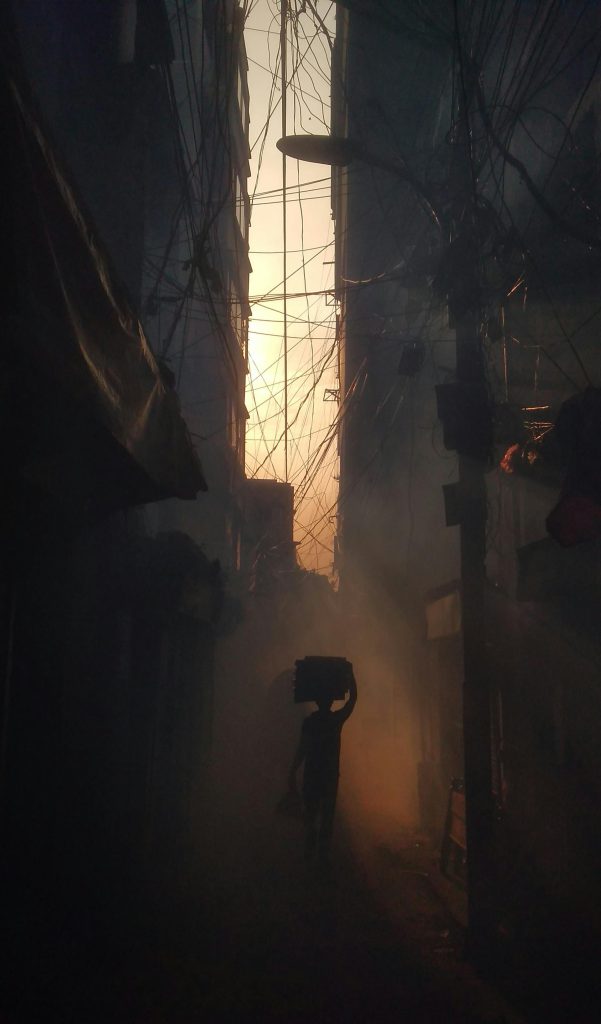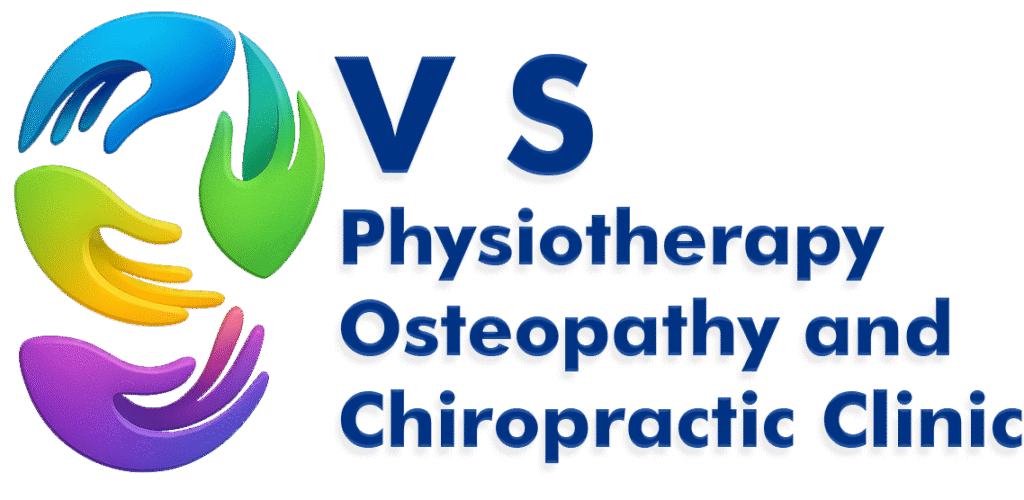
Smog season in Lucknow makes breathing harder for many people. Simple physiotherapy breathing exercises can reduce breathlessness, improve lung efficiency and help you feel calmer. This guide explains why breathing exercises help, gives easy step-by-step exercises you can do at home, and explains when to seek professional care.
Why smog affects breathing and daily life in Lucknow
Smog contains tiny particles and gases that irritate the airway lining. This causes coughing, throat irritation, breathlessness and increased sensitivity of the breathing muscles. For people with asthma, COPD or other lung conditions, pollution can trigger flare-ups. Practicing physiotherapy-guided breathing exercises strengthens respiratory muscles and improves how your lungs clear airways.
How physiotherapy breathing exercises help
Breathing exercises target the diaphragm, the main breathing muscle, and the smaller muscles that support inhalation and exhalation. Benefits include:
- Better oxygen exchange and lung expansion.
- Stronger respiratory muscles and improved endurance. Inspiratory muscle training and guided breathing have measurable benefits for symptoms and quality of life.
- Slower, controlled breathing reduces cough reflex sensitivity and anxiety tied to breathlessness.
Practical physiotherapy breathing exercises – step by step
Before you start: practice indoors when air quality is poor. Sit upright on a chair or lie on your back with knees bent. Start with a 5-minute warm up: gentle shoulder rolls and relaxed neck movements.
Diaphragmatic breathing (deep belly breathing) – foundation exercise
- How: Place one hand on the chest and one on the belly. Breathe in slowly through your nose, letting the belly push the hand out. Breathe out slowly through your nose or pursed lips.
- Reps/time: 5–10 minutes, twice daily. Start with 5 breaths per set and increase slowly.
- Why: Encourages full lung expansion and reduces shallow chest breathing.
Pursed-lip breathing: keeps airways open longer
- How: Inhale quietly through the nose for 2 counts. Purse the lips as if blowing out a candle and exhale slowly for 4 counts. Do not force the breath.
- Reps/time: 5–10 cycles, repeat when breathless or before activity.
- Why: Slows breathing rate and helps empty the lungs more completely. Useful when feeling breathless.
Alternate nostril breathing (Nadi Shodhana) — calming and airway-friendly
- How: Sit upright. Close right nostril with thumb, inhale left nostril. Close left nostril with ring finger, open right and exhale. Inhale right, switch and exhale left. Keep breaths slow and gentle.
- Reps/time: 5 minutes daily. Avoid forceful breaths.
- Why: Helps calm the nervous system and supports slow, controlled breathing during polluted days. Indian clinicians commonly recommend gentle pranayama during pollution peaks.
Inspiratory muscle training basics (guided by your physiotherapist)
- How: With guidance, you use a small handheld device or resistance technique to strengthen inhalation muscles. Start under physiotherapist supervision.
- Reps/time: Short sessions, gradually increased over weeks.
- Why: Improves inspiratory strength and reduces breathlessness on activity. Clinical physiotherapy evidence supports this approach for chronic respiratory conditions.
Controlled cough and huff (airway clearance)
- How: Take a medium breath in, hold for 2 seconds, then perform 1–2 short, sharp exhalations with an open throat (huff) to move mucus. Repeat 1–2 times.
- Reps/time: Use when you have phlegm. Stop if it makes you dizzy.
- Why: Helps clear mucus without forceful coughing that can fatigue your chest muscles.
Practical tips for practicing safely during heavy pollution
- Check AQI before going out. On high AQI days, keep breathing practice indoors with filtered air if possible. ERS guidance recommends adapting activity to air quality and choosing low-emission routes.
- Use approved masks outdoors when AQI is poor. An N95 or equivalent is better for high particulate days.
- Avoid heavy aerobic exercise outdoors when pollution is high. Prefer low-intensity breathwork, stretching, or indoor stationary activity.
- Use an air purifier at home or keep windows closed when smog is heavy.
- Stay hydrated and avoid smoking or secondhand smoke which worsen symptoms.
When to see a physiotherapist or doctor
Seek professional help if you experience:
- New or worsening breathlessness at rest.
- Wheeze that is not controlled by your usual inhaler.
- Chest pain, dizziness or fainting with breathing exercises.
- Repeated infections or cough with green sputum.
A physiotherapist can assess your breathing pattern, teach device-based inspiratory muscle training, design a personalized home program and advise on safe activity levels during smog season.
How VS Physiotherapy Osteopathy Center and Chiropractic Clinic can help
At our clinic in Kalyanpur, Lucknow we offer:
- One-on-one breathing retraining and inspiratory muscle training.
- Pulmonary rehabilitation plans for chronic respiratory patients.
- Troubleshooting for breathlessness, airway clearance techniques and safe exercise plans for smog season.
Clinic details
VS Physiotherapy Osteopathy Center and Chiropractic Clinic
C-18 Kalyanpur (West) Front Of SRM (TATA) Motors Mazar waali Gali, Tedhi Pulia Ring Rd, Lucknow, Uttar Pradesh 226022
Phone: 070079 32170
Call or WhatsApp to book a consultation. Early physiotherapy can reduce flare-ups and help you stay active even when pollution rises.
Smog season in Lucknow is challenging but not helpless. Simple, physiotherapy-led breathing exercises and smart daily choices let you protect your lungs and keep doing what matters. If you want a personalized plan, reach out to VS Physiotherapy Osteopathy Center and Chiropractic Clinic at 070079 32170.
Quick FAQ
Q. Can breathing exercises prevent damage from pollution?
A. They cannot stop pollution exposure but can strengthen breathing muscles, reduce breathlessness and improve airway clearance. For protection from particles, masks and indoor air cleaning are important.
Q. How long until I see improvement?
A. Many people feel calmer breathing and less breathlessness in 1–2 weeks of daily practice. Strength gains may take several weeks with guided inspiratory training.
Q. Are breathing exercises safe for everyone?
A. Most are safe when gentle. If you have heart disease, severe lung disease or recent chest infection, consult your doctor or physiotherapist first.
